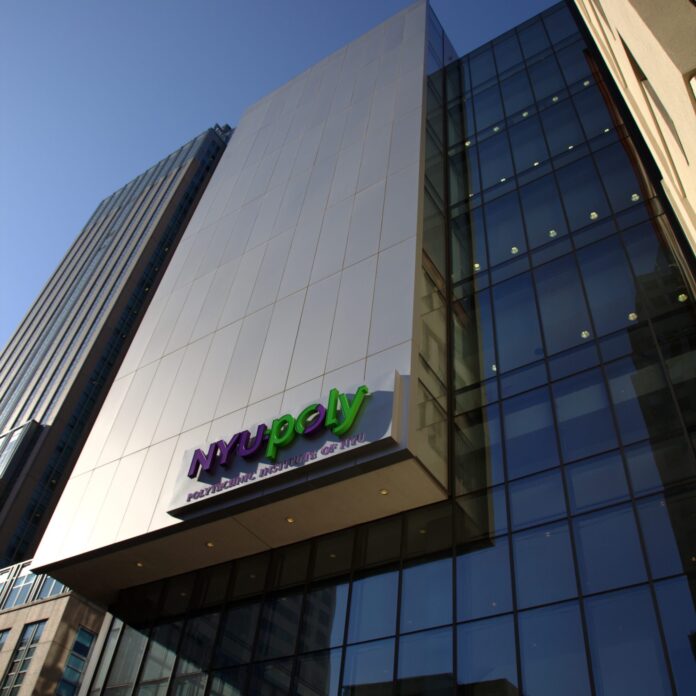Nokia Networks and National Instruments are demonstrating a wireless connection that reportedly reaches speeds of up to 10 gigabits per second over the air using the 73 GHz (millimeter wave) band. As a point of reference, the 4G standard calls for speeds that can reach at least 1 Gbps for stationary uses and can reach at least 100 megabits per second for mobile use. Nokia and National Instruments are demonstrating their 10 Gbps solution as part of their work to help define the standards for “5G.”
The demonstrations are set to be live streamed (registration required) and recorded today in New York at the second annual Brooklyn 5G Summit, hosted by Nokia and NYU Wireless at the NYU Polytechnic School of Engineering.
“NYU is a very important research partner for us,” said Lauri Oksanen, head of research and technology at Nokia Networks. “They are one of the world leaders in characterizing high-frequency spectrum, doing measurement, antenna modeling and technology.” Oksanen said that 5G will rely on high-frequency spectrum.
“One of the things that everyone agrees on is that at some point in time we will need more spectrum, and the only place where we can find it is in the very high frequencies,” he said. “But the industry needs to develop quite a lot of technology to harness those frequencies.” The genesis of one such technology is on display today in Brooklyn.
Single-carrier uplink and downlink
Carrier aggregation is often seen as a key part of 5G, but Nokia’s Oksanen said carrier aggregation is not necessary for this solution because there is plenty of bandwidth in the 73 GHz spectrum band Nokia is using. He believes that learning to leverage these higher frequencies will be key to the development of wireless service that can support the expected demand.
“Millimeter wave is not synonymous with 5G, but it is one of the hardest problems, so that is why we wanted to set up a conference where people could get together and talk about these problems,” Oksanen said.
Access to high-frequency spectrum
“The usual challenge is how to find as much globally harmonized spectrum as possible,” said Oksanen, adding that it will be the same for the higher frequencies. “For sure there will be regional variations in the future, as there are currently,” he said, but noted that 73 GHz spectrum is “very broadly available.”
Nokia is also looking at other spectrum bands for 5G trials, including 30 GHz, 15 GHz, 60 GHz and 80 GHz. Oksanen said that over time he would expect to see some LTE spectrum refarmed for 5G as well.
5G: not just for humans
Nokia sees three categories of use cases for 5G technologies:
1. Massive broadband that delivers gigabytes of bandwidth on demand. Nokia predicts that users will have the ability to download a full-length high-definition movie to their phone in a matter of seconds and that video chats will be so immersive that users will feel like they can reach out and touch the other person.
2. Robots controlled by low-latency connections that allow for immediate, synchronous eye-hand feedback enabling remote control for critical applications such as remote surgery, collision avoidance for cars and self-driving traffic.
3. Massive machine-type communication that connects billions of sensors and machines. Oksanen predicts that there will be up to 100 times more machine/sensor connections than human connections in any given geography. “It will be on a totally different scale,” he said. “The key there is: ‘How can a mobile system efficiently connect a huge amount of devices which really need to communicate only now and then, and really save the battery?'”
Follow me on Twitter.

